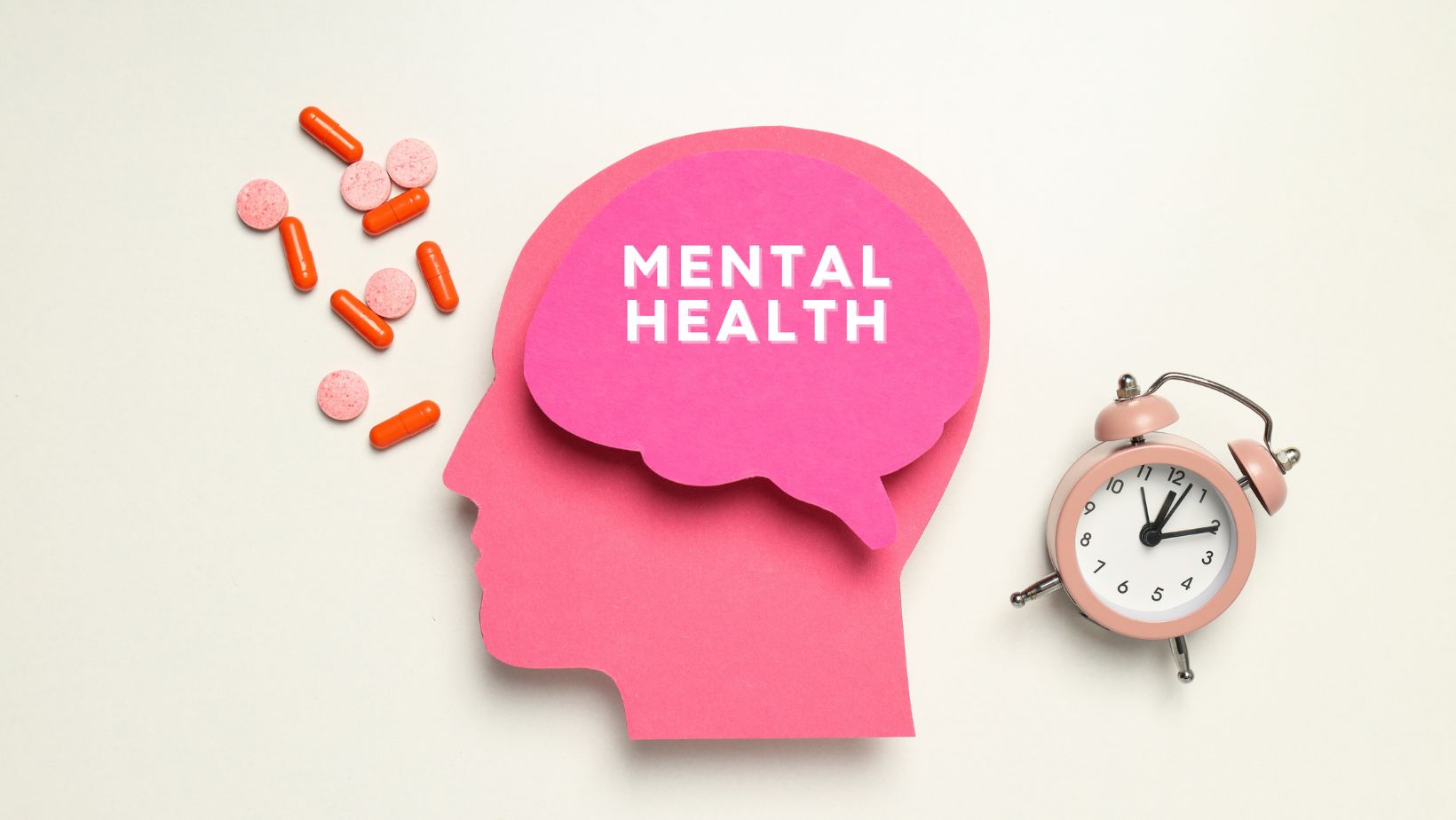Younger Generations are Driving Global Wellness Trends

Ben Austin is the founder and CEO of multi-award-winning digital…
Contents
ToggleMillennials and Gen Z are passionate about wellness. Their enthusiasm has helped to create a global industry which is worth $2 trillion.
Because they care so much about balance and mental health, wellness companies are constantly looking to stay ahead of the curve by creating new products, technologies and services.
Over 9,000 consumers across China, Germany and the United Kingdom recently took part in research that revealed how the younger generation views wellness.
They believe it means taking care of the body, mind and emotions all at once, not just focusing on one area. They’ve also taken things to a new level by expanding into new environments.
Many of them have started turning to digital spaces such as telehealth platforms and in-person experiences that mix luxury with a few lifestyle changes.
Wellness is not limited to the younger generation. Millennials and Gen Z might be the face of the movement, but the older generation is not far behind. They also have a strong appetite for self-improvement, mental wellbeing and preventive health.
The Younger Generations Drive America’s Wellness Industry
The United States alone accounts for over $500 billion in annual wellness spending, and that figure increases by up to five percent every year.
The wellness industry thrives despite the economic situation of the country, as it carries plenty of emotional and psychological weight for consumers.
Research shows that 84% of adults in the US consider wellness as a top priority. The same can be said for 79% of the UK’s adult population and an astonishing 94% in China.
Millennials and Gen Z have even gone as far as investing in the industry. Nearly 30% of Gen Z and millennials in the US now prioritise wellness more than they did a year ago.
By contrast, only 23% of older adults share their optimism, so there is an obvious generational divide which might have something to do with cultural differences and technological innovation.
Millennials and Gen Z account for 36% of the US adult population, but they are responsible for 41% of the splurging that goes on in the wellness industry.
Many of them key into wellness more often than not due to high levels of burnout, stress and anxiety, which has not been made easy by how fast the clock seems to be ticking.
Their constant presence on social media exposes them to an endless stream of wellness influencers, trends and products, which only inspires them to go even harder.
The older generation chips into the wellness industry when they can, but they are more comfortable and familiar with traditional health and fitness routines.
Mental Health is at the Heart of the Wellness Revolution
Many people battle with anxiety, burnout and loneliness, which has forced them to take their emotional wellbeing more seriously.
When the mental health topic comes up, the older generation generally gravitates towards therapy or medication, but millennials and Gen Z go a different route. They take care of their mental health through fitness, skin care, nutrition, sleep and socialising.
Digital technology helps with mental health care. Telehealth has become mainstream since the COVID-19 pandemic, and countries such as Australia have taken full advantage.
In a country where 28% of the population lives in remote or regional areas where decent healthcare is limited, telehealth platforms such as DoctorsOnDemand help Australians get the mental health services they need.
According to this DoctorsOnDemand review, the platform makes mental health care assessment available through Medicare or privately, offering a lifeline to many Australians.
Telehealth has become incredibly popular in Australia, with over 118 million services delivered to 18 million patients between March 2020 and July 2022.
Those numbers have skyrocketed over the past three years, further highlighting the impact of virtual care on the wellbeing of many Australians.
Understanding the Five Faces of Wellness Consumers
There are five distinct segments that shape the wellness industry – maximalist optimisers, confident enthusiasts, health traditionalists, health strugglers and wellness shirkers.
Maximalist optimisers are usually Gen Z and millennials, and they represent about a quarter of all wellness consumers but account for over 40% of total spending.
They are digitally savvy, experimental and research-driven. They are always on the lookout for evidence-based solutions but are not closed off to natural and alternative therapies.
Confident enthusiasts are smaller in number but have a high lifetime value. Their commitment to fitness and consistency in purchasing gym memberships, apps and supplements make them highly sought after by brands.
Health traditionalists are usually older, and they value practicality and reliability over novelty. They focus on balanced diets, vitamins and moderate exercise.
Health strugglers and wellness shirkers place less emphasis on wellness. While the former are often overwhelmed by their health challenges, the latter only spend their money on basic products.
What's Your Reaction?
Ben Austin is the founder and CEO of multi-award-winning digital marketing agency Absolute Digital Media. Ben loves to write and share exclusive insights into the world of digital marketing from his own eyes.



